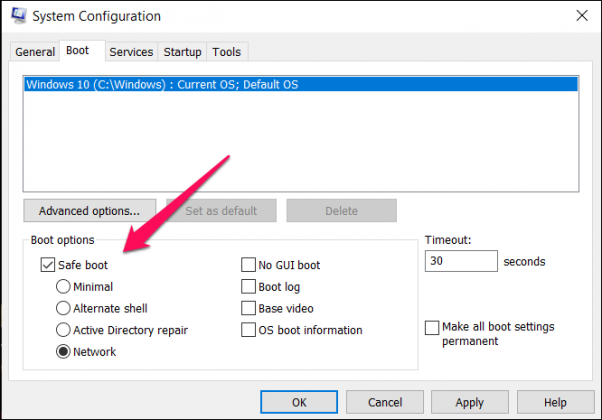

“Every room in your home can provide shelter to allergens,” Nesvold explains.

When you know what can trigger asthma, you can take steps to remove or reduce them from you daily environments. An allergist, a doctor who specializes in treating allergies, can also help pinpoint triggers with allergy testing. Once you know which triggers are the worst and where they hide in your house, you can work to get rid of them. Not everyone has the same asthma triggers. But you can work to find the most bothersome triggers in your home.

Some of the most common indoor allergens are: “Irritants are things that aggravate the nose, lining of the nose, throat and the lungs.” “Allergens are specific to a person and cause an immune response in their body,” says Nesvold. There are two main types of triggers: allergens and irritants. “Many asthma triggers are hiding in plain sight – in the bedroom, in common living spaces, the kitchen and bathrooms,” says Jill Heins Nesvold, the American Lung Associations’ national senior director, health systems-indoor air quality-asthma and COPD.īefore you can remove asthma triggers from your home, it’s important to understand what’s making a person’s asthma worse. Home is where the heart is, but it’s also loaded with asthma triggers.


 0 kommentar(er)
0 kommentar(er)
